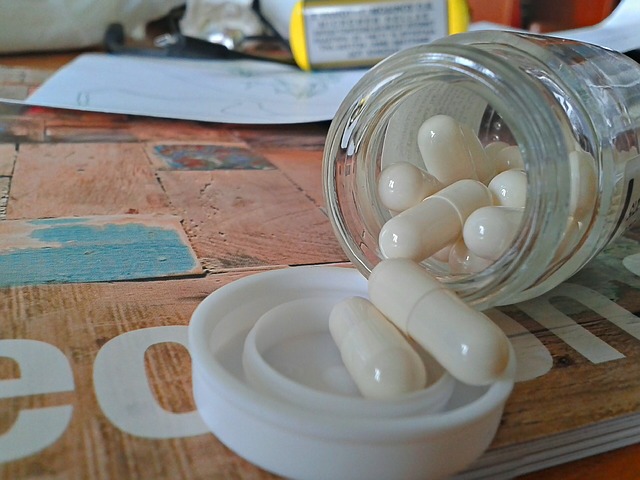Prescription stimulants like Adderall and Dexedrine are sometimes called the respectable cousins of illegal street drugs such as cocaine and meth. Both groups affect the brain and body in similar fashion. Both are highly addictive. But only the former can be legally prescribed to treat conditions such as Attention Deficit Hyperactivity Disorder (ADHD). The medicine carries inherent risks, but remains safe as long as it is prescribed correctly by a physician and used exactly as instructed. Problems arise when the stimulant is used for purposes other than what it was designed for. Some college students, for example, use Adderall to boost their mental performance during examinations. Since the stimulant isn’t labeled as a dangerous illegal drug, the practice becomes more or less socially acceptable in this age group. A few students may even praise the medicine as the miracle drug that saved their grade point average. It isn’t hard to imagine how this could lead to dependency and eventually addiction. Not all students who take stimulants are non-prescribed users though. There are certainly those that are afflicted with ADHD and have a true need for the medication. This is where dual diagnosis issues can emerge. Mental health disorders complicated by co-occurring substance abuse can often turn into a vicious cycle. An effective dual diagnosis rehab program is the key to resolving such complications. The person suffering from stimulant addiction must first undergo detoxification in order to remove the substance abuse aspect of the problem. Then a more accurate evaluation of his or her mental health can be made. Addiction by itself is already a complex issue. It can be made more so with a simultaneously occurring mental health disorder. A holistic approach to drug addiction rehab where emotional and spiritual, as well as psychological and medical, needs are addressed has a better chance of helping your loved one find the right path to recovery. (Photo via)

